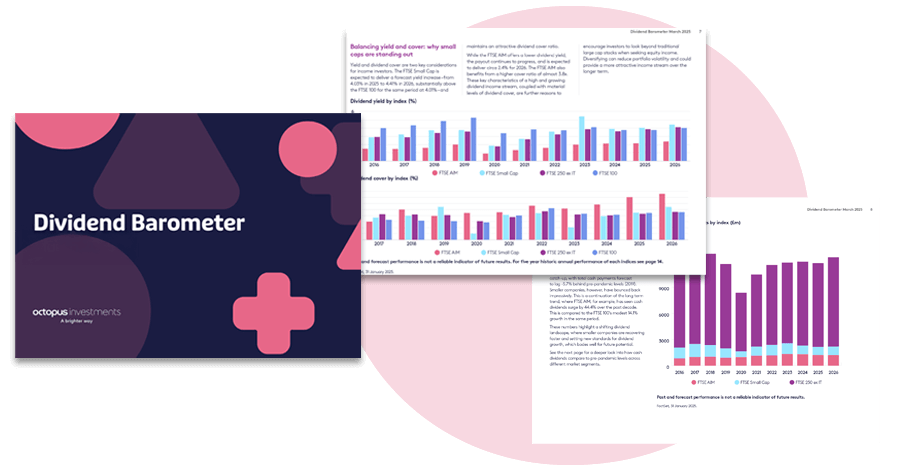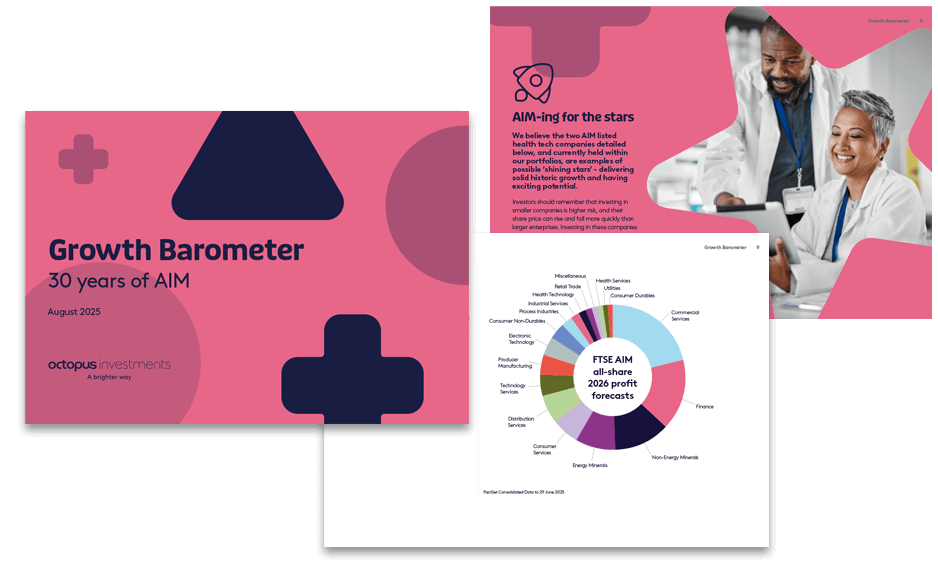WhitepaperBusiness ReliefInheritance tax
Business Relief and in-life gifting
Last updated: 5 December 2024
There are many reasons why individuals use gifting as part of their estate planning goals. Gifting Business Relief (BR) assets can provide added benefits to gifting strategies explained below including not using up the NRB. It is also commonly used as part of planning to restore the residence nil rate band.
What is Business Relief?
What is Business Relief?
BR (previously called Business Property Relief or BPR) is a longstanding relief from inheritance tax. For suitable clients, it allows qualifying investments to be left to beneficiaries with relief from inheritance tax (IHT).
Where a BR qualifying asset is held for at least two years and on death, the asset should attract relief from IHT.
For deaths before 6 April 2026, unquoted BR qualifying investments (i.e. unquoted shares, sole traders, partnerships) and AIM BR qualifying investments are free from IHT for an unlimited value of BR asset.
For deaths after 6 April 2026, unquoted BR investments qualify are free from IHT up to £1m value, and amounts in excess of this are attract 50% IHT relief. AIM BR shares attract 50% IHT relief irrespective of value. See our post Autumn Budget estate planning now and moving forward page for more details.
Please bear in mind that investments that qualify for Business Relief put an investor’s capital at risk and won’t be right for everyone. Tax treatment depends on individual circumstances which could change in the future.
Learn more about BR in our helpful Business Relief explained guide.
Ask Octopus
Do you have a question about inheritance tax and estate planning?
Use our free helpdesk to Ask Octopus

The donor’s inheritance tax implications on in-life gifts of Business Relief assets
The donor’s inheritance tax implications on in-life gifts of Business Relief assets
There are two tax points for IHT that the donor should consider on a gift of Business Relief assets.
One is at the point of making a gift and the other is at the point of death of the donor, if that death occurs within seven years of the gift.
On gift:
The gift of BR (previously known as BPR) shares should provide relief from IHT, provided they were held for at least two years.
On death:
The recipient needs to hold the shares for seven years or, if earlier, at the time the donor dies, for the gift to continue to provide relief from IHT in the donor’s estate.
- If the recipient has sold the shares within seven years and before the donor’s death, provided the recipient reinvests 100% of the proceeds of sale in another BR qualifying asset within three years of the sale, the donors estate should continue to attract relief from inheritance tax.
- If the recipient has sold some of the shares within seven years and the donor’s dies, then the donor’s estate should be entitled to BR relief based on the proportion of the gift the recipient still holds at the death of the donor.
The recipient’s inheritance tax implications on-in life Business Relief gifts
The recipient’s inheritance tax implications on-in life Business Relief gifts
The implications are different if the recipient is a trust versus an individual.
If the recipient is an individual (including spouses)
- Where the donor has held the shares for two years at time of gift, if the recipient passes away, they should qualify for BR even if the recipient passes away within two years.
- The recipient would also qualify for BR if they gifted away.
- Where the donor has not held the shares for two years on death, the recipient would need to hold the BR shares for two years to qualify for BR in their own right.
If the recipient is a trust
- For in-life gifts, the two-year clock restarts upon settlement and the trust must hold the shares for two years at the relevant exit or 10 year charge to qualify for BR.
Where the recipient (trust or individual) has held the Business Relief assets for more than two years, they should qualify for Business Relief irrespective of how long the donor has held the shares.
Capital Gains Tax and gift holdover relief
Capital gains tax and gift holdover relief
The gift of assets are typically subject to capital gains tax (CGT), with the sale proceeds deemed to be the market value on the date of the transfer.
However, the donor may be able to claim gift holdover relief on BR qualifying assets. This is because they are typically trading businesses and gift holdover relief is available on trading businesses.
Claiming holdover relief means the donor would not pay CGT on the disposal, as any gain would be rolled into the shares (i.e. the recipient takes on the donor’s original purchase cost of the shares).
The recipient would then pay tax on the gain on a future disposal of the shares. A joint gift holdover relief is normally required by the donor and recipient. However, where the recipient is a trust (not a person), the donor can make the gift holdover relief claim without the trust.
Note where the individual is a spouse, the transfer is a no-gain, no loss and therefore no CGT should be due and typically there is no need to claim holdover relief.
Claiming Business Relief on in-life gifts
Claiming Business Relief on in-life gifts
Where there is an in-life gift of BR (previously called Business Property Relief or BPR) assets into trust, typically the following claims and forms need to be completed to HMRC. As IHT on transfers into trust is typically payable within six months of a gift, it may be prudent to make any necessary Business Relief claims within that time.
Where there is an in-life gift to a person, a Business Relief claim is not needed at the time of the gift. It is when the individual passes away that a Business Relief claim should be made.
Tax legislation, rates and allowances are correct at time of publishing for the tax year 6 April 2024 – 5 April 2025.
From 6 April 2026, a 100% IHT relief will continue for the first £1 million of combined agricultural and unquoted Business Relief qualifying property (e.g. sole traders, partnerships, unquoted companies). Amounts over the £1 million will attract 50% IHT relief. Business Relief qualifying companies listed on the Alternative Investment Market (AIM), will attract 50% IHT relief irrespective of the investment amount.
Inheritance tax (IHT) calculator
Related resources
Related resources
Intergenerational planning guide
Who will advise your clients beneficiaries? Read our top tips for retaining assets under advice in the great wealth transfer.






